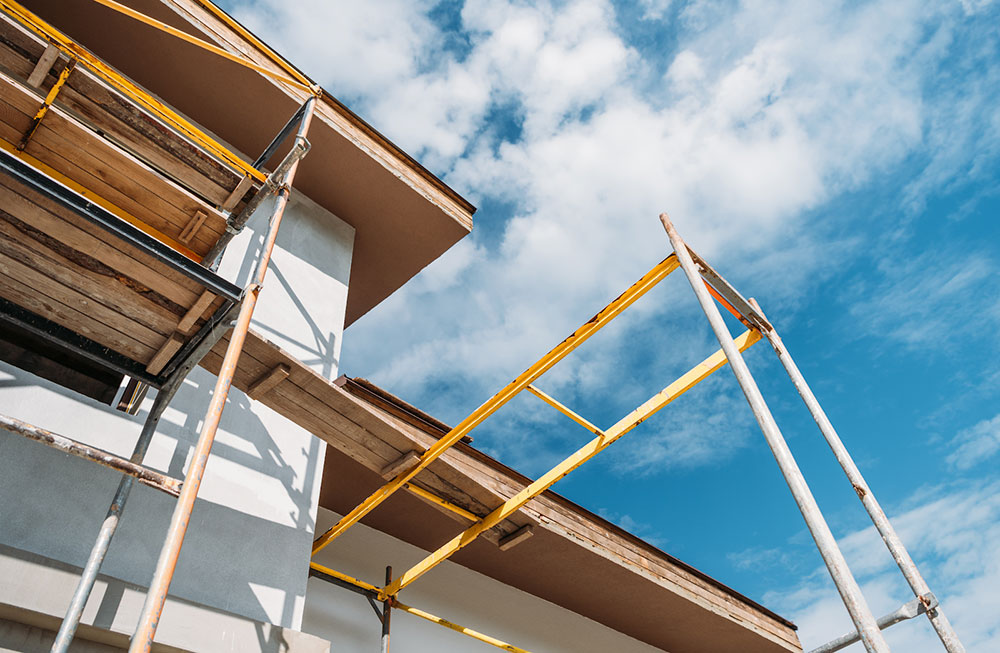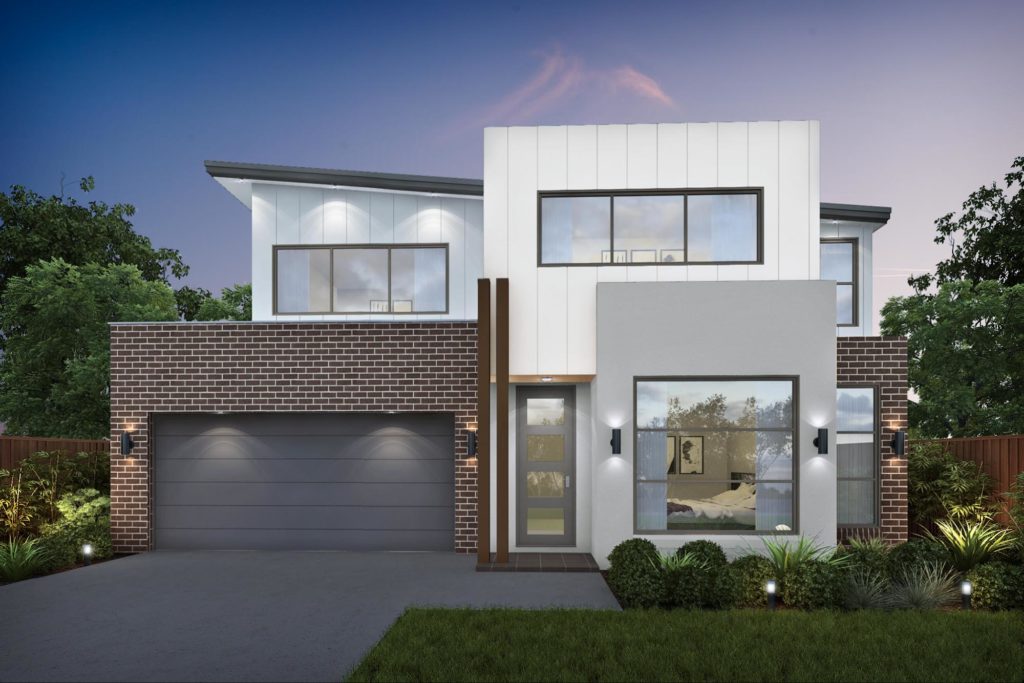Australia’s architecture is a link to our past. From grand civic structures to humble one bedroom homes, our buildings are a part of our social and cultural heritage. And most of the time, we’re pretty reluctant to let them go. Throughout the country there are many fine old structures that have stood for generations and will stand for generations more. Investors and owner buyers need only apply a few aesthetic flourishes to add value and make the place their own. Some structures, however, stand on the tipping point. And you may wonder whether it’s better to invest in the existing structure or whether you’re better off biting the bullet, knocking down the house and rebuilding.
Below and throughout this article, we outline the best ways to decide the right option for you, including why you need to research the cost to knock down a house and the process involved to knock down a house. First, let’s look at why you might need to resort to this measure.
Renovate Or Rebuild: When Is Knocking Down A House And Rebuilding Necessary?
Knocking down a house and rebuilding from scratch may seem like a very drastic measure, especially to developers and investors who want to manage their costs. But if you’ve bought a bargain property with a good plot of land that’s in a state of serious disrepair, demolition and reconstruction might be the most cost-effective (and hassle free) solution in the long term. This is especially true if you plan to rent the property out to a private tenant. The last thing you need is to keep going back and forth to make repairs. And if serious repairs become necessary you may find that you haven’t averted serious costs… you’ve just punted them a little further down the lane.
An existing property, especially one in a state of serious disrepair may lack the orientation your project desires. What’s more, renovation could be much more expensive than demolition and reconstruction even in the short term, because of the difference in tax implications for a renovation compared to a rebuild. It is crucial that you do your research and weigh up the cost to knock down a house compared to renovating an existing one, so you get a rough idea of exactly how much you’re in for from the outset.
Step 1: Make Sure It’s The Right Option For You
The first step is to make sure that demolition and reconstruction are definitely the best option. It might not even be permissible under your local planning legislation. So here are some tips to help you make the right decision:
- Check the planning legislation with local authorities.
- Do your due diligence on the property (structural soundness, services, easements and the likelihood of bushfires in the area etc).
- Draw up sketch concepts for renovation ideas and call round for some estimates.
- Compare those estimates to the complete cost to knock down a house and build new.
- Carry out a soil test and survey. You’ll need to do this eventually, whichever option you choose. The data this provides will help inform your ultimate decision.
If you’ve weighed all your options and determined that it’s safe and permitted to demolish and rebuild it’s time to move on to…
Step 2: Demolition
If you’ve ever witnessed a house being knocked down, you will have seen that it’s no ordinary task! Ideally, you should hire an architect or an experienced home builder to assist in planning your demolition. They can assist in getting all the right planning permissions as well as advising on which materials may be salvageable after demolition, potentially saving the cost of rebuilding (while allowing you to retain some of the old building’s character, too).
Demolition is a logistical and legislative minefield which is why it’s always advisable to outsource to a trusted demolition service in your area. They will be able to identify any barriers to demolition such as the presence of asbestos or the support of adjoining structures which might delay or impede demolition. It’s also a good idea to check the land drainage before the wrecking ball swings, especially if you’re planning on building a larger home than the one that previously occupied the space.
Provided there are no deep cellars, the foundations for the new building should be able to be cut from the old foundations. Don’t forget that utilities will also need to be cut off prior to demolition. It’s a good idea to get ahead of this as soon as possible, as utility companies can be notoriously slow to act.
Step 3: Rebuilding
The first decision you’ll have to make when it comes to rebuilding is choosing the right kind of rebuilder for your project. If you have worked with an architect or home builder on your demolition, it makes sense that you might want to also work with them on your new property. Because they are familiar with the space having worked with you on the demolition, they will be better placed to marry your needs and goals with the practicalities of the site.
You’ll need to decide whether you’re looking for a custom builder or a volume builder. The latter will certainly be more cost effective, but you may lose any sense of identity that the previous structure had. It’s also worth noting that not all volume builders’ designs will be appropriate for the size and dimensions of your space.
A custom builder, on the other hand, will help you to get the most out of your property and work collaboratively with your architect to build a home to your unique specifications. You’ll be able to build in eco features that drive down your energy and utility bills for years to come while making your home’s carbon footprint smaller. You’ll also be able to incorporate thicker, higher-performance insulation to prevent heat loss and noise ingress.
It all depends on your personal priorities and budget, but many who choose to demolish and rebuild find that a custom builder, while costlier, is better suited to their needs.
While you may be sad to see the old building go, knocking down a house and rebuilding allows you to achieve your project’s goals without the limitations placed on it by the old property. It can even be more cost effective (especially in the long term) than carrying out extensive renovations to accommodate the limits and pain points represented by the old structure. And because you can salvage, reuse and repurpose old bricks, pipes, beams and other construction elements, you can retain the charm and character of the previous property giving you the best of both worlds.
At Meridian Homes, our experienced custom home builders are committed to helping you achieve your dream home. If you’re interested in knocking down a house and rebuilding, wondering about the cost to knock down a house in Sydney or simply want to add value to your home without having to adjust to a new neighbourhood, contact our dedicated Knock Down Rebuild Sydney team today.


